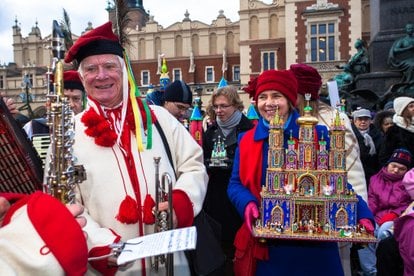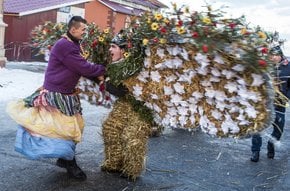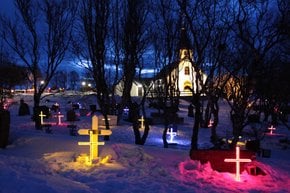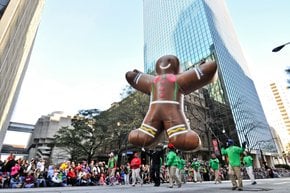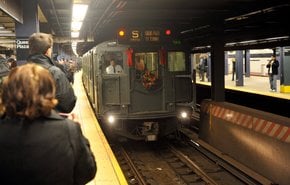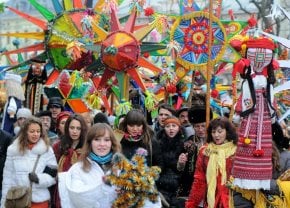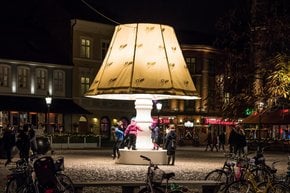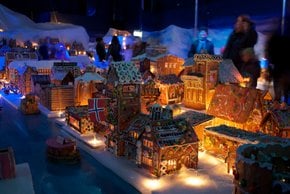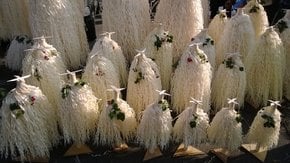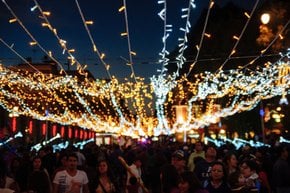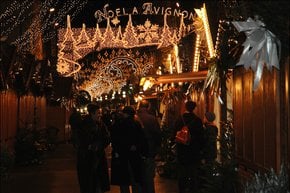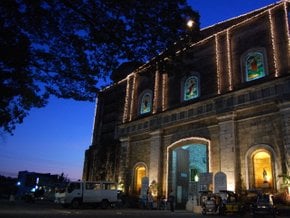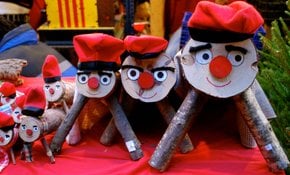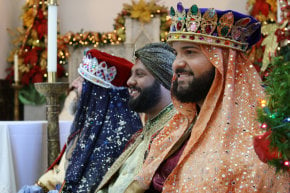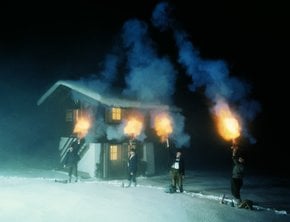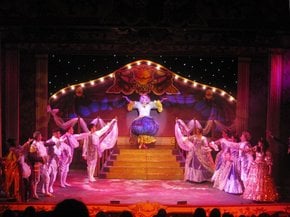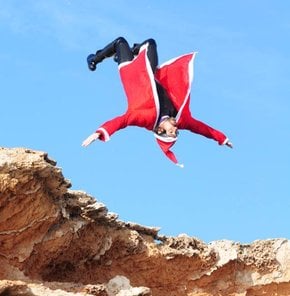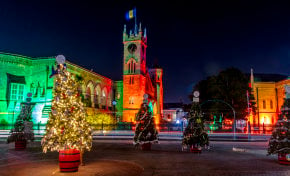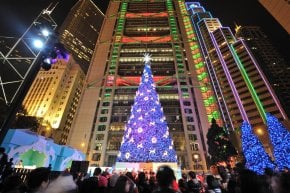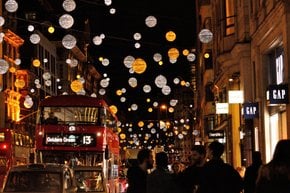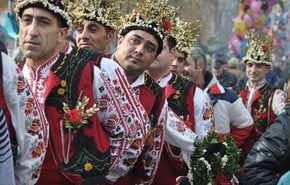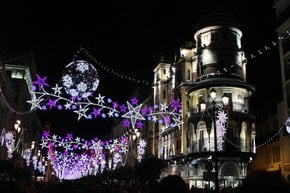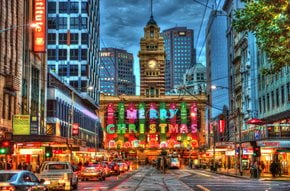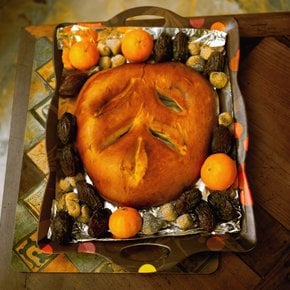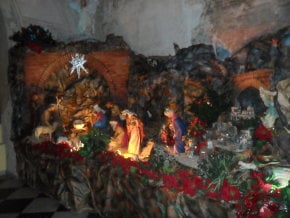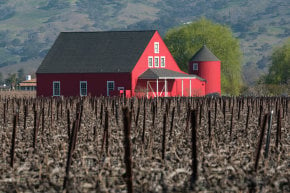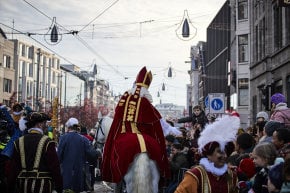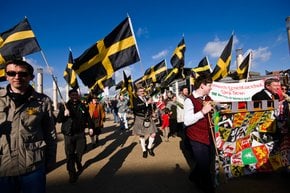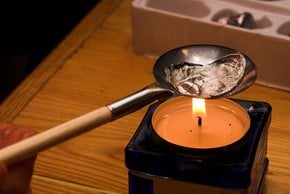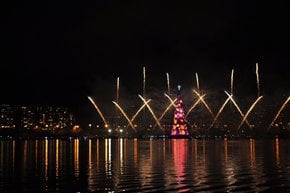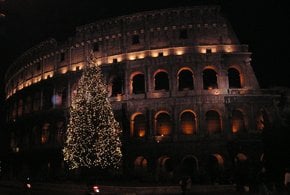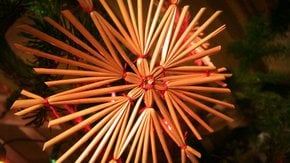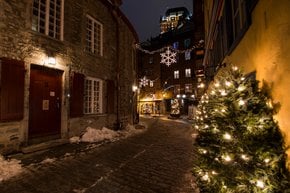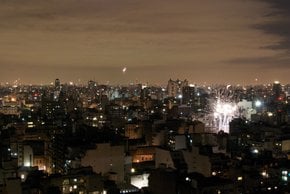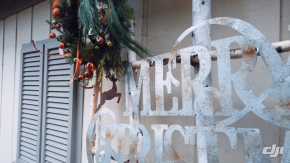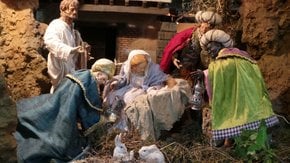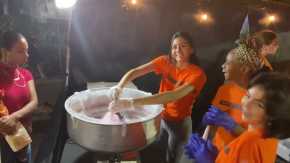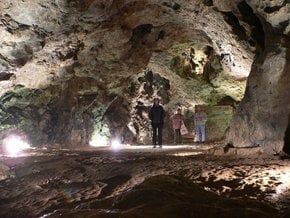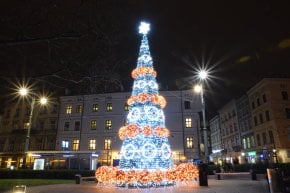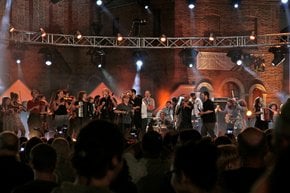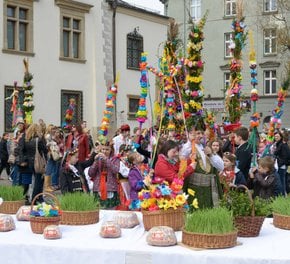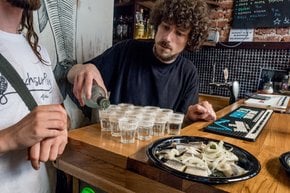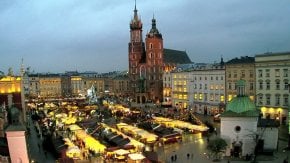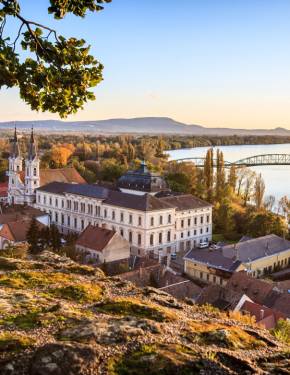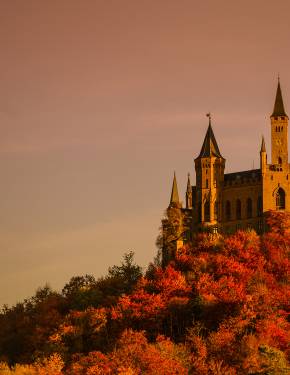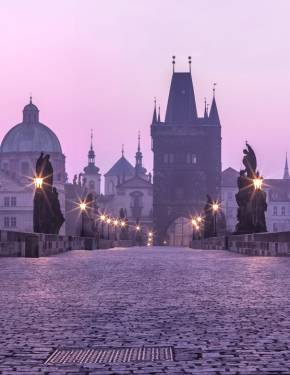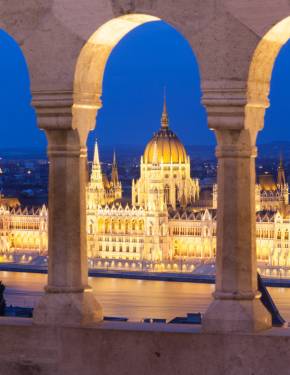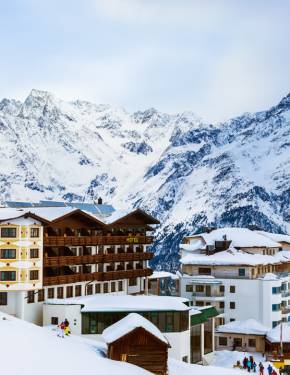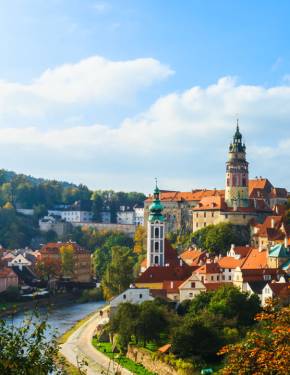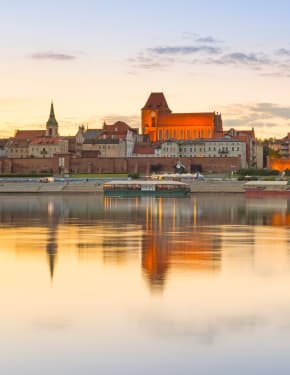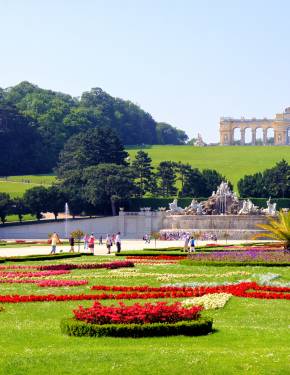Kraków Nativity Scenes Contest 2024-2025 in Krakow
Krakow Christmas tradition of recreating the nativity scene dates back to the 19th century
Dates: December 5, 2024–March 2, 2025
The annual Kraków Nativity Scenes Contest, also known as the Szopka Competition or Christmas Crib Contest, is one of Poland's most unique and cherished holiday traditions. Held annually in Kraków, this event showcases the creativity and craftsmanship of local artists who create elaborate nativity scenes known as "szopki." These handmade works of art are inspired by Kraków's historical architecture and reflect both the city's rich cultural heritage and the traditional nativity story. In 2024, the 82nd edition of this competition will take place, offering visitors an opportunity to witness a truly distinctive blend of artistry and tradition.
Activities and What to Expect
At the heart of the Kraków Nativity Scenes Contest is the display of szopki, which range in size, detail, and creativity. The event kicks off in Kraków’s Main Market Square, where participants present their intricate works around the Adam Mickiewicz monument. The szopki are unlike traditional nativity scenes, often resembling colorful, foil-covered castles or cathedrals rather than simple cribs. Some of these structures are towering masterpieces, reaching heights of up to 6.5 feet (2 meters), while others are smaller but no less detailed. Visitors can enjoy the sight of these whimsical creations throughout the day, with plenty of opportunities for photography and observation.
Schedule and Program
As per tradition, the competition takes place on the first Thursday of December, with the 2024 edition scheduled for December 5. The event begins at 10 am with the presentation of the szopki in the Main Market Square. At noon, participants will parade their szopki around the square in a lively procession, accompanied by a folk band. The szopki are then moved to the Krzysztofory Palace, where a jury will evaluate them. The winners of the competition will be announced on Sunday, December 8, and an exhibition of the top entries will be on display at the Krzysztofory Palace until March 2, 2025. Visitors can explore these creations and learn about their historical significance during this extended exhibition period.
Tickets and Parking
The Kraków Nativity Scenes Contest is free to attend; no tickets are required to view the szopki in the Main Market Square or to attend the exhibition at the Krzysztofory Palace. Parking in the Old Town can be challenging, especially during peak holiday season. It is recommended to use public transportation or park in one of the designated parking areas outside the city center and walk to the event. Kraków’s efficient public transportation system, including trams and buses, offers convenient access to the Main Market Square.
Location and Infrastructure
The event takes place in Kraków’s historic Old Town, a UNESCO World Heritage Site known for its medieval architecture and vibrant cultural scene. The Main Market Square, where the contest begins, is easily accessible from various parts of the city. For those visiting from outside Kraków, the nearest major city is Katowice, located about 90 minutes away by car or train. Visitors can also explore Kraków Christmas Market or nearby attractions such as the Wawel Castle and the Sukiennice, both of which are commonly referenced in the designs of the szopki.
History and Cultural Significance
The tradition of building nativity scenes in Kraków dates back to the Middle Ages. Originally used as puppet theaters for morality plays during the holiday season, szopki became more elaborate over time, incorporating local architecture and historical figures. In 1937, the first official Kraków Nativity Scenes Contest was held, and the event has continued annually ever since, becoming a beloved part of the city's holiday festivities.
In recognition of its cultural significance, the szopki tradition was added to UNESCO’s Intangible Cultural Heritage List in 2018. As the organizers note, these intricate nativity scenes are more than just holiday decorations; they are a reflection of Kraków’s artistic and historical heritage, blending religious themes with local folklore and architecture.

